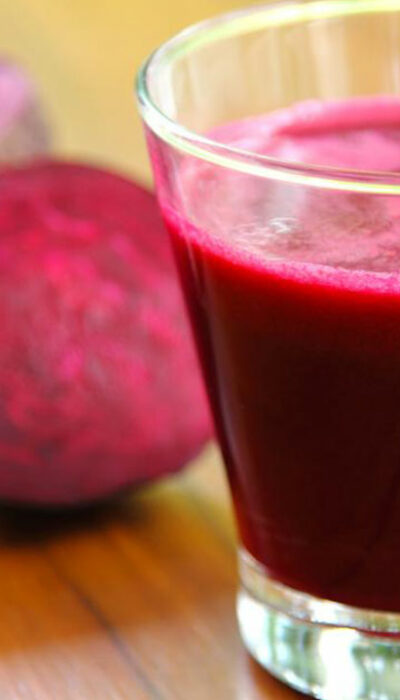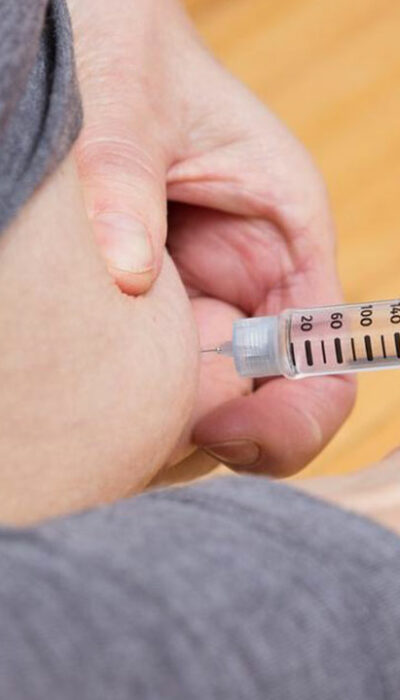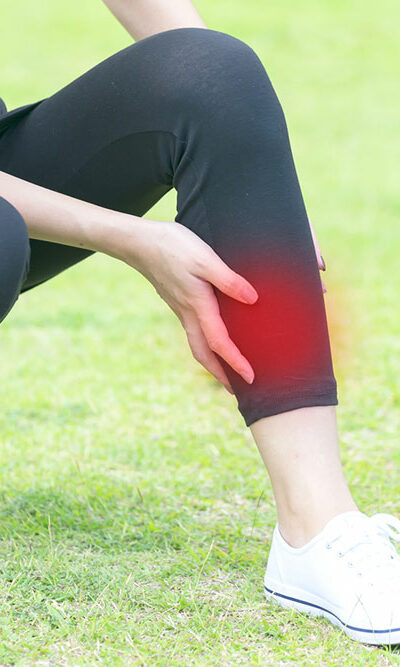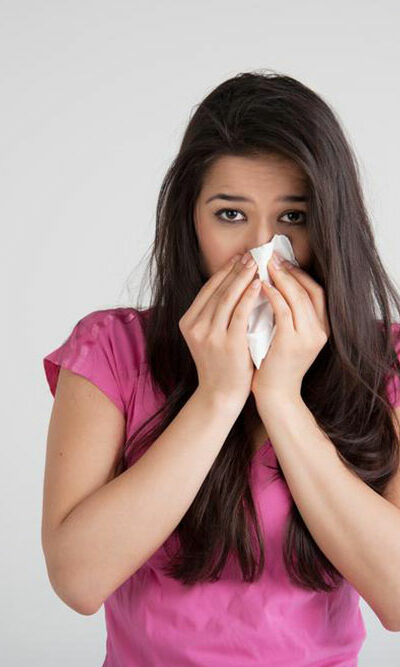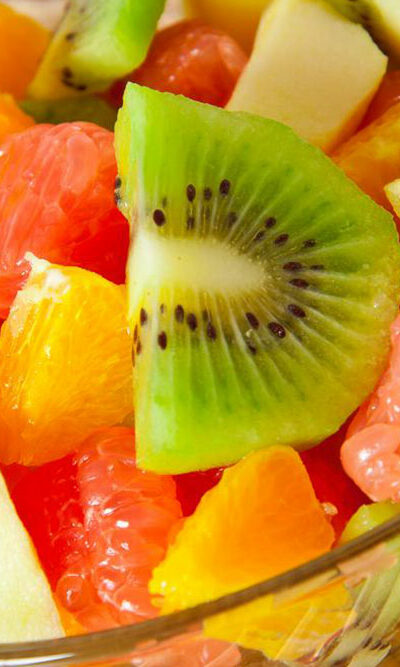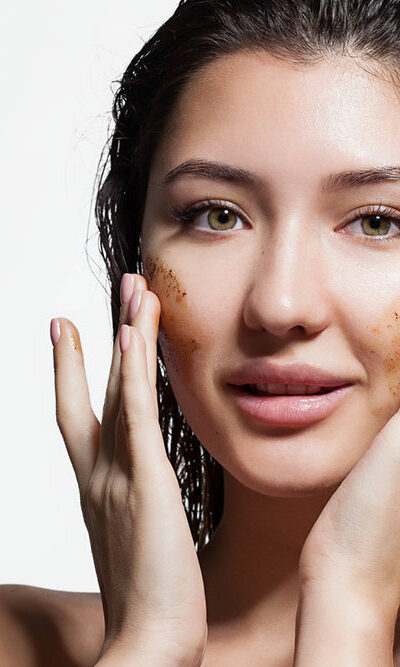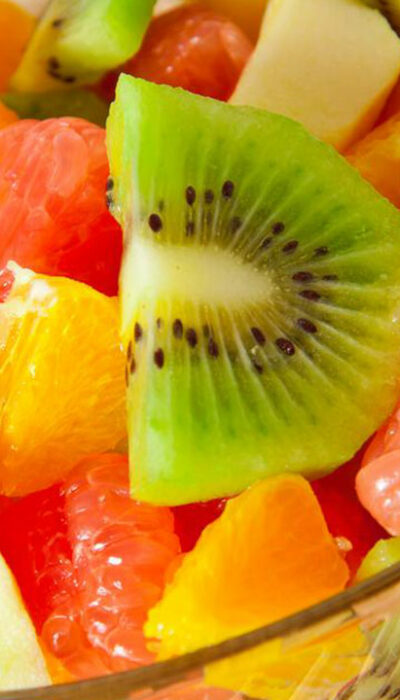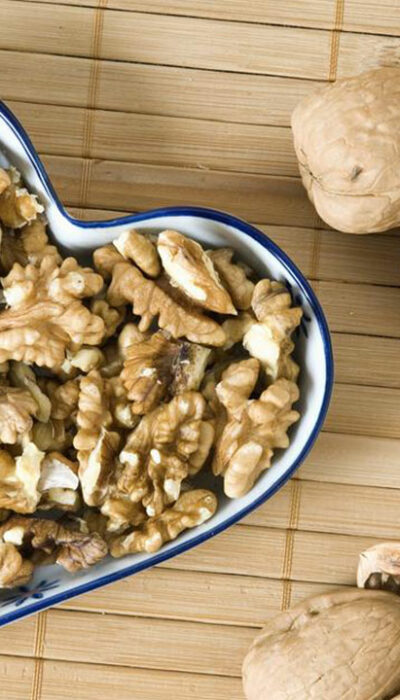
Here’s How You Can Reduce Cholesterol Levels Naturally
Cholesterol is a waxy, fat-like substance present in every cell of the body. It is essential for the production of vitamin D, hormones, and other chemicals in the body that aid in digestion. Cholesterol is carried throughout the body by low-density lipoproteins (LDL) and high-density lipoproteins (HDL). For a healthy person, it is important to maintain a healthy balance between the LDL and HDL levels. LDL is also called bad cholesterol while HDL is called good cholesterol. The accumulation of LDL is considered unhealthy as it leads to accumulation of cholesterol in the arteries, blocking them. This, in turn, can lead to severe health conditions like heart attack, strokes, and other ailments like coronary artery disease. The increased level of HDL is considered good as they take cholesterol from other parts of the body to the liver, which removes it from the body. High cholesterol levels in the blood lead to the formation of plaque, which is made up of cholesterol, fat, calcium, and other substances found in the blood. This narrows the arteries and blocks oxygen-rich blood to reach the heart. This can cause heart attack and other severe health issues. How to reduce cholesterol levels Reducing cholesterol levels require a holistic approach, including healthy food, medication, and healthy lifestyle choices. Following are some of the ways which can help you reduce the cholesterol levels in the body. Eating healthy food Cholesterol can cause multiple health issues such as heart diseases, strokes, and heart attack. While medications can help in reducing the LDL cholesterol levels in the body, making healthy food choices can help the medicines work more effectively. For those who are looking to reduce dependence on medication, including healthy food in your diet is very important. Following is a list of some ‘cholesterol busters’ which can help you reduce cholesterol levels and some foods to avoid, which increases the LDL levels.

